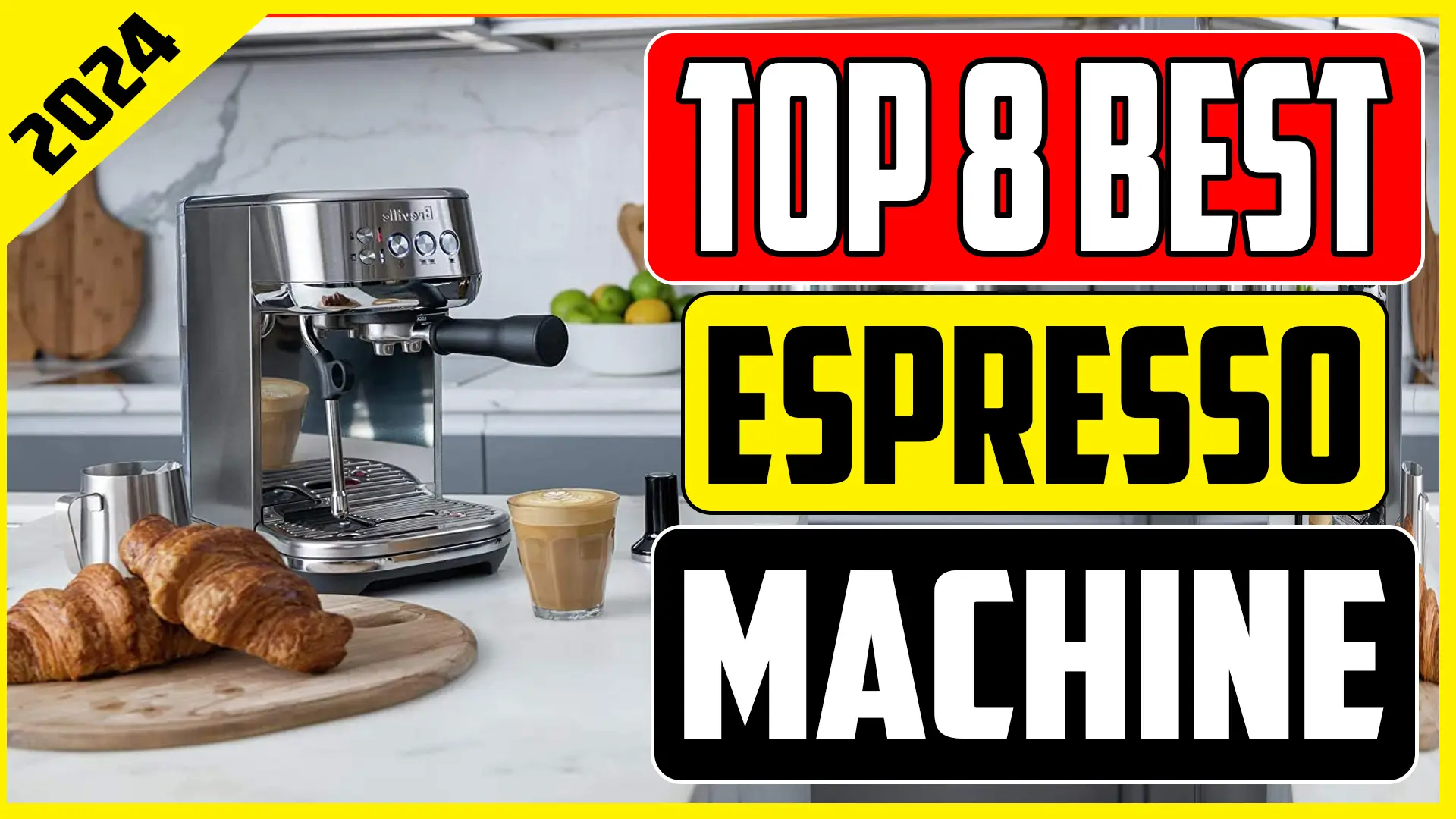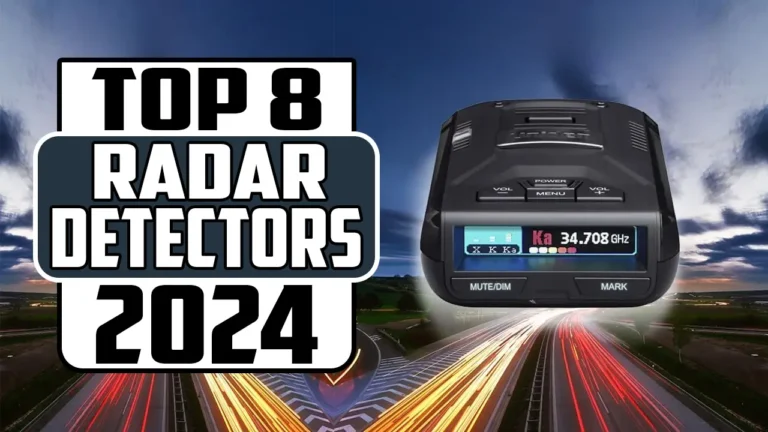From Bean to Brew Reviewing the Best Espresso Machines In 2024

Choosing the right espresso machine can be a daunting task, with numerous options available to cater to various preferences and budgets. In this comprehensive guide, we’ll delve into a curated list of espresso machines, ranging from portable options to high-end prosumer models. Each machine offers unique features and capabilities, aiming to satisfy the diverse needs of espresso enthusiasts. Whether you’re a seasoned barista or a novice looking to delve into the world of espresso making, there’s something here for everyone.
1. Barista Perfetta Plus Espresso Machine:
The Barista Perfetta Plus Espresso Machine emerges as a top contender, backed by extensive long-term testing. Initially rivaled by the Breville Barista Express Impress, the Solis Barista Perfetta Plus claims its position due to consistent performance and reliability. Solis, renowned for their quality burr grinder, presents an espresso maker that strikes a harmonious balance between simplicity and customization. Over months of rigorous use, the machine consistently delivers excellent espresso shots comparable to semi-automatic Breville counterparts.
2. Breville Bambino Plus Espresso Machine:
Breville’s Bambino Plus stands out with its compact design and rapid heating capabilities, reaching readiness in less than five seconds. Equipped with pressurized filter baskets, it ensures proper pressure and crema even with variable factors like imperfect tamping or grind size. While limited to pressurized baskets, its versatility extends to accommodating pre-ground coffee. The Bambino Plus represents a significant improvement over previous models, offering convenience without compromising on espresso quality.
3. De’Longhi Eletta Espresso Machine:
Despite initial challenges in dialing in the espresso grind, the De’Longhi Eletta Explore proves its worth through versatility. Featuring a built-in burr grinder with multiple settings, it offers a wide array of beverage options through its touchscreen interface. While not matching the quality of the Jura E8, the Eletta Explore delivers satisfactory espresso shots, reflecting the efforts invested in calibration. Its extensive drink selection caters to diverse preferences, making it a compelling choice for those seeking versatility in their espresso machine.
4. Wacaco Nanopresso Portable Espresso:
The Wacaco Nanopresso defies its compact size by delivering commendable espresso quality, rivaling machines several times its price. Primarily marketed for outdoor use, its manual operation relies on a piston pump mechanism, requiring user effort but yielding satisfying results. With careful attention to coffee dosage, water temperature, and pumping action, users can achieve flavorful espresso shots without sacrificing counter space. The Nanopresso exemplifies innovation in portable espresso making, ideal for travel or outdoor enthusiasts.
5. Diletta Bello Plus Espresso Machine:
The Diletta Bello Plus impresses with its robust features, rivaling top picks like the Lelit Mara X. While slightly edged out in taste tests, it compensates with a plethora of amenities including a digital PID, shot timer, and programmable pre-infusion. Dual pressure gauges offer insight into boiler and group head pressure, enhancing control over the brewing process. Despite its size and powerful steam wand, the Bello Plus remains a commendable choice for espresso aficionados seeking professional-grade features.
6. Mio Espresso Machine:
The Diletta Mio emerges as a cost-effective prosumer option, boasting features typically found in higher-priced machines. With a digital PID for temperature control and a rapid thermoblock heating system, it offers quick startup times and consistent performance. Notable design elements such as a side-mounted water reservoir enhance user convenience, especially for those with space constraints. The Mio delivers delicious espresso while maintaining affordability, making it an attractive option for discerning consumers.
7. Gaggia RI9380 Espresso Machine:
The Gaggia Classic Pro retains its status as a popular entry-level machine, appreciated for its simplicity and ability to produce quality espresso shots. While its steam wand may require practice to master, it rewards users with nuanced flavors and satisfying crema. Though not as beginner-friendly as some competitors, its capacity for customization and intense espresso character appeals to enthusiasts seeking a hands-on experience. The Classic Pro continues to uphold Gaggia’s reputation for reliability and performance.
8. Ascaso Dream Espresso Machine:
The Ascaso Dream PID distinguishes itself with its elegant design and professional-grade espresso production capabilities. Despite its compact size, it delivers consistently flavorful and complex espresso with minimal variation in quality. While lacking automatic settings, its steam wand offers the potential for creamy milk froth with practice, enhancing the experience of crafting lattes and cappuccinos. Positioned as a mid-range option, the Dream PID combines programmability with hands-on control, appealing to enthusiasts seeking accessibility without compromising on espresso quality.
Buying Guide for Espresso Machines
When purchasing an espresso machine, several factors should influence your decision-making process:
1. Budget
Determine your budget range to narrow down options. Prices can vary widely, from budget-friendly options to high-end machines with advanced features.
2. Brewing Capacity
Consider how many cups of espresso you plan to brew at once. Some machines are designed for single servings, while others can handle multiple shots simultaneously.
3. Ease of Use
Look for machines with user-friendly interfaces and intuitive controls, especially if you’re a beginner. Features like programmable settings and automatic functions can simplify the brewing process.
4. Size and Design
Evaluate the machine’s size and design to ensure it fits your kitchen space and aesthetic preferences. Compact models are ideal for smaller kitchens or limited countertop space.
5. Brewing Features
Assess the machine’s brewing capabilities, such as pressure settings, temperature control, and frothing options. Advanced features like PID temperature control and pre-infusion can enhance the quality of your espresso.
6. Maintenance Requirements
Consider the maintenance needs of the machine, including cleaning procedures and the frequency of descaling. Removable components and dishwasher-safe parts can make maintenance easier.
7. Brand Reputation
Research the reputation of different espresso machine brands to ensure reliability and customer support. Established brands with positive reviews are often a safer choice.
Frequently Asked Questions (FAQs)
How do I choose the right grind size for my espresso machine?
Selecting the appropriate grind size depends on your machine’s brewing method and your personal taste preferences. For espresso machines, a fine grind is typically recommended to ensure proper extraction and optimal flavor.
What is the difference between pressurized and non-pressurized filter baskets?
Pressurized filter baskets create artificial pressure during the brewing process, making it easier to achieve a consistent extraction, even with imperfect tamping or grind size. Non-pressurized baskets require more precision but offer greater control over the brewing variables and can result in a more nuanced flavor profile.
How often should I clean and maintain my espresso machine?
Regular cleaning and maintenance are essential to keep your espresso machine functioning properly and maintain the quality of your drinks. It’s recommended to clean the machine’s brewing components, steam wand, and water reservoir after each use and perform a more thorough cleaning, including descaling, on a regular basis, as specified by the manufacturer’s instructions.
Can I use pre-ground coffee with an espresso machine?
While freshly ground coffee is preferable for the best flavor and aroma, most espresso machines are compatible with pre-ground coffee. However, using freshly ground beans will yield superior results in terms of taste and crema quality.
What is a PID temperature control system, and why is it important?
A PID (Proportional-Integral-Derivative) temperature control system regulates the water temperature with precision, ensuring consistency and stability during the brewing process. This feature is crucial for achieving optimal extraction and flavor in your espresso shots, especially when brewing specialty coffee beans with delicate flavor profiles.
In conclusion, selecting the right espresso machine involves considering various factors such as budget, space constraints, and desired features. From portable options like the Wacaco Nanopresso to high-end prosumer machines like the Barista Perfetta Plus, there’s a diverse range of choices catering to different preferences. Whether prioritizing convenience, customization, or espresso quality, each machine in this curated list offers unique benefits to elevate the home espresso-making experience. By understanding your specific needs and preferences, you can find the perfect espresso machine to embark on your journey of coffee exploration.












